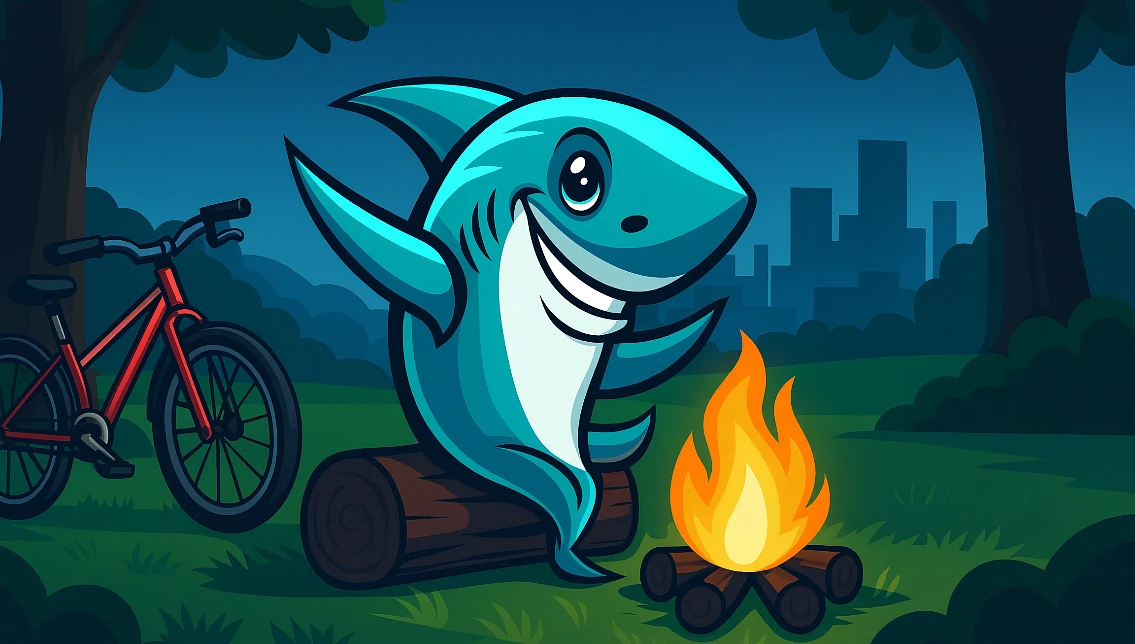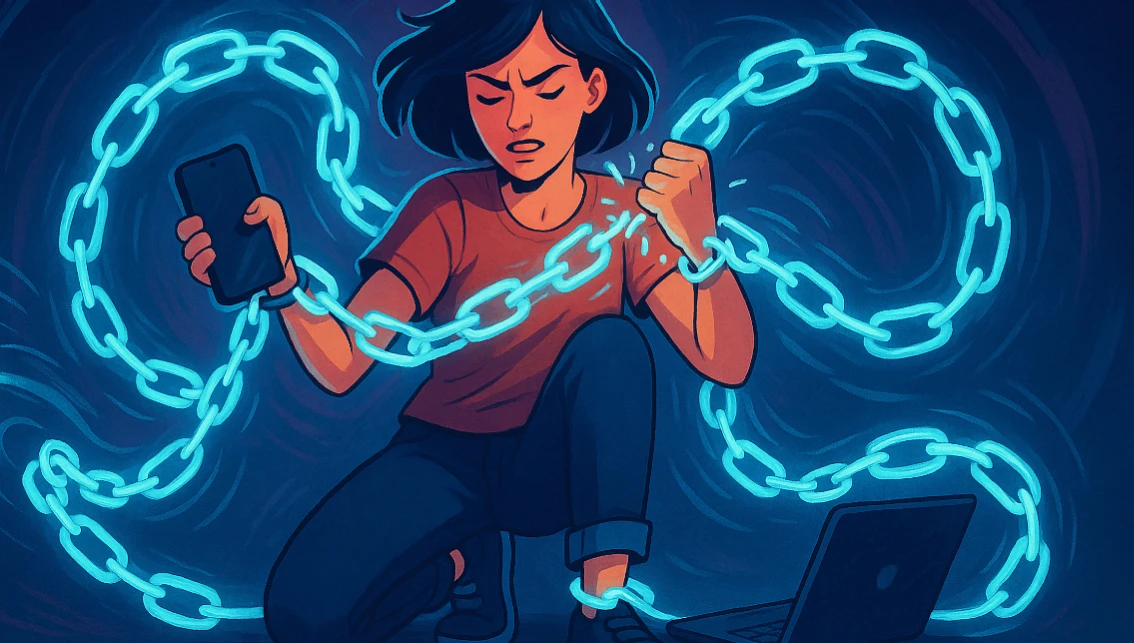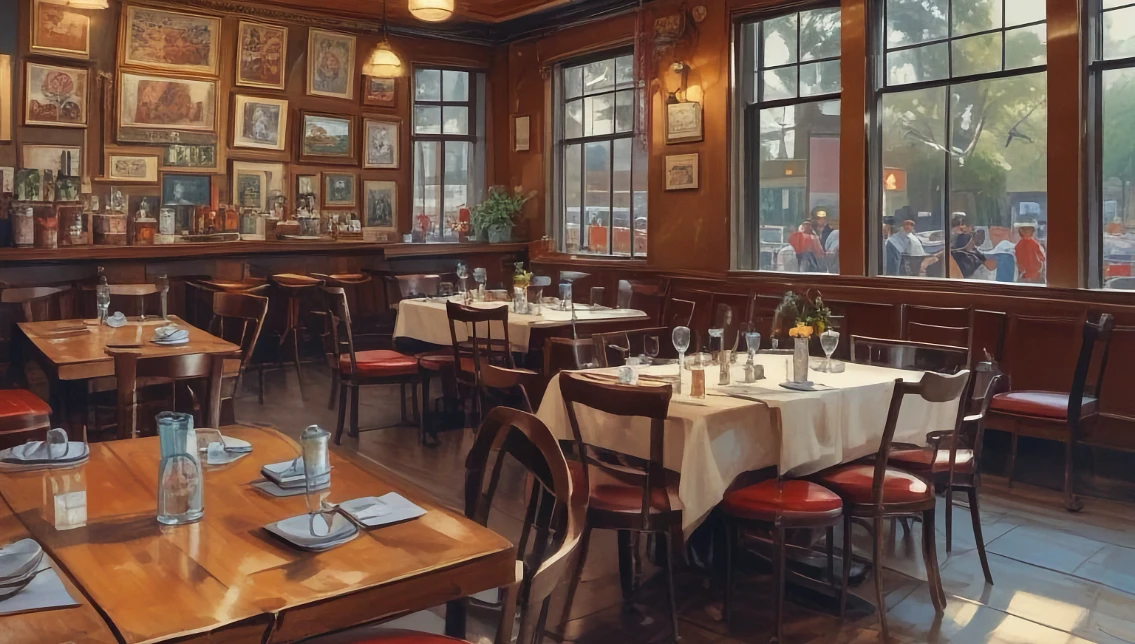🎯 Too Long; Didn’t Read
A microadventure is the opposite of a major production. It’s camping in your backyard because you can’t get to a national park, or finally checking out that weird path behind the industrial park.
The best ideas are stupidly simple. They require more willpower than planning.
-
Take a night hike. The familiar feels completely different in the dark.
-
Go urban exploring. Find a part of your city you’ve only ever driven through.
-
Bike to the next town. The goal is the journey itself, not the destination.
-
Paddle a local river or find a safe spot for a quick, bracing swim.
-
Forage for blackberries in a known patch.
-
Stargaze after dinner, even if you just lie on a blanket in the driveway.
The entire point is low effort. Don’t overplan it. The goal is a quick mental reset, a deliberate disruption of your usual grind. It’s about blowing the cobwebs off.
Making these small escapes a habit—even just monthly—can sharpen your perspective. It’s not about finding more time; it’s about squeezing adventure into the margins you already have.
What is a Microadventure?
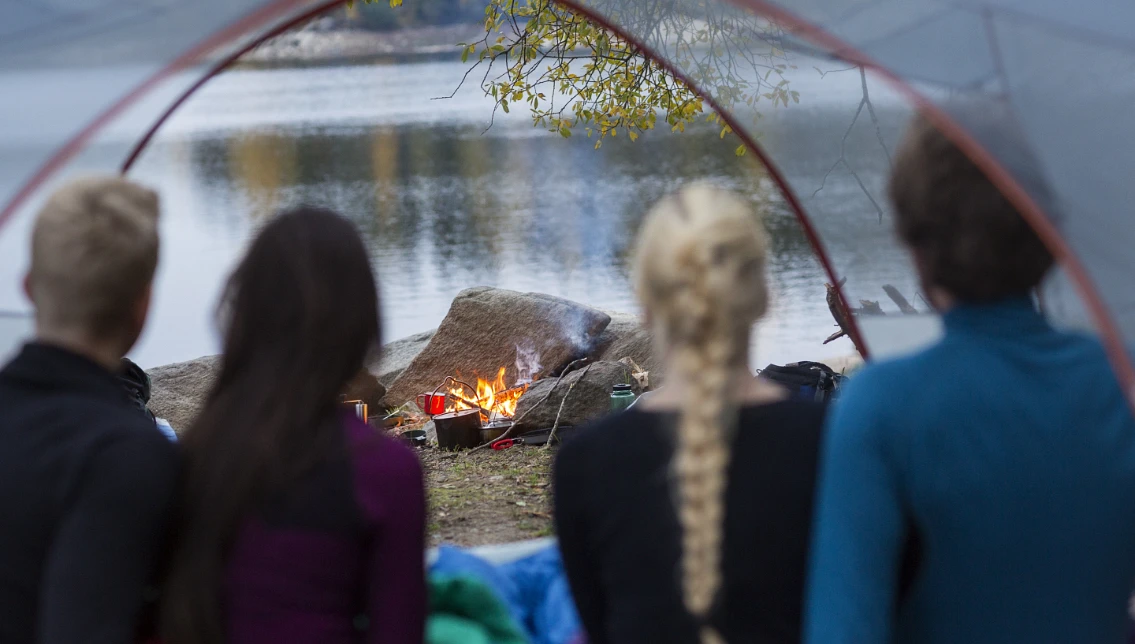
A microadventure is an adventure stripped down to its essentials. It’s short, cheap, and happens close to home. The idea, pushed by British adventurer Alastair Humphreys, is for regular people with jobs and responsibilities. His definition is practical: an overnight adventure that’s "small and achievable." Think sleeping in a bivvy bag on a nearby hill or cycling to the next town to watch the sunrise.
-
The goal is to break your routine. It forces you to notice your surroundings—the change of light, the sound of the wind—pulling you out of autopilot.
-
The payoff is real. It’s the mental reset that comes from a night outdoors. You return feeling recalibrated, your usual worries somehow smaller.
-
The core of the concept is this accessibility. Adventure isn't a distant destination; it's possible in the margins of a busy life.
Top Microadventure Ideas for Beginners
Backyard camping or sleeping under the stars
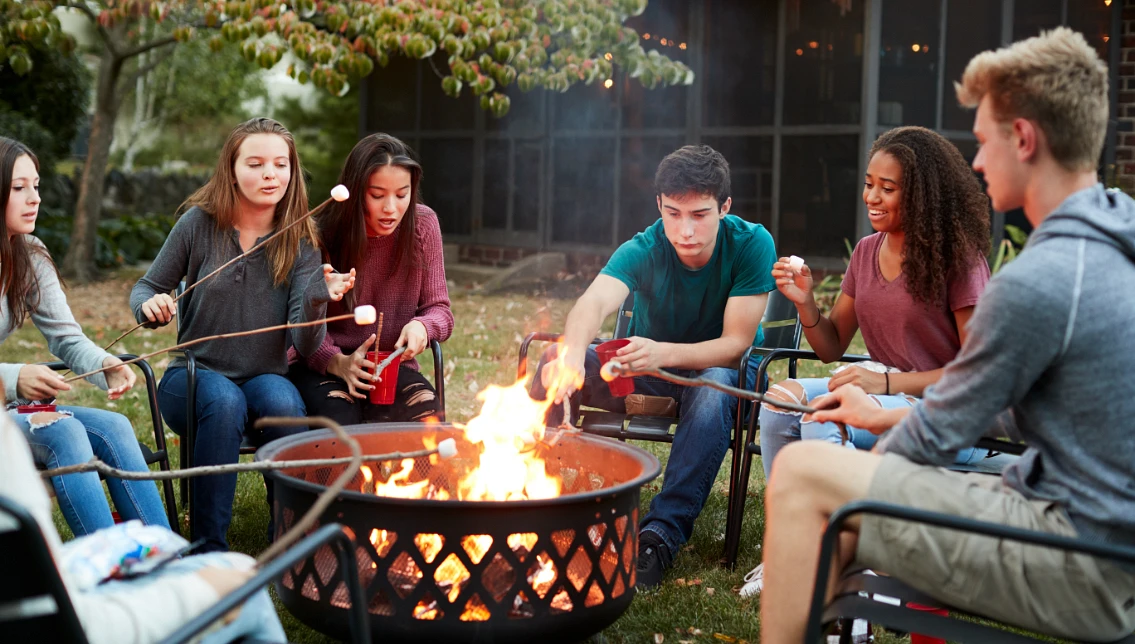
Backyard camping is the ultimate low-effort adventure. The barrier to entry is practically zero.
Barely any prep is needed. Grab a tent. Or even just a sleeping bag and a pillow. Find a flat patch of grass away from streetlights. That’s it. You’re set.
This isn't about a major expedition. It’s a simple hack to shake up your routine. You step outside your door and the context shifts completely. The air changes. The sounds are different. Instead of the hum of appliances, you pick up the rustle of leaves or the chatter of crickets. It’s strangely immediate. You notice the coolness of the ground seeping through the tent floor.
It’s perfect for a trial run before a real camping trip. Kids love the novelty without the fear of being truly isolated. For adults, it’s a genuine reset. Waking up to dew on the grass and birdsong is a different kind of alarm clock. No travel required. Just a different perspective, steps from your back door.
Urban exploration: discovering hidden spots in your city

Urban exploration, or urbex, is basically city hacking. It’s about hunting for the places your daily routine ignores. We’re not talking about tourist traps. This is the stuff hidden in plain sight: that narrow alleyway choked with graffiti, the staircase to a deserted rooftop, the faint ghost sign of an old business painted on weathered brick.
Suddenly, you're noticing everything. The specific smell of a hidden bakery down a service lane. The way the light hits a quiet courtyard you’ve passed a hundred times. You start reading the city's layers—the new street art slapped over the old, the history etched into the pavement.
Your familiar commute becomes a grid of potential detours. You develop a kind of private, intimate knowledge of your city. It’s an adventure that costs nothing and fundamentally changes how you see the place you live.
Night hikes or walking in nature at dusk

A night hike recalibrates your senses. The familiar day trail becomes a different place entirely. Colors drain away, leaving a world of silhouettes and shadows. Your eyes, forced to adjust, begin to pick up subtle details like the faint glow of lichen or the texture of bark in the moonlight.
The soundscape shifts. The daytime chorus of birds gives way to the rustle of a vole in the leaf litter, the distant call of an owl, the crunch of your own footsteps amplified in the quiet. The air cools noticeably, carrying the damp, earthy smell of soil and decay.
This isn't about covering distance. It’s a form of active listening. You walk slower, more deliberately. The mental static of the day—emails, schedules, noise—fades out, replaced by the immediate input of your surroundings. There’s a slight, healthy tension that sharpens your focus.
The logistics are simple. No big production is needed. A reliable headlamp, sure, but you’ll use it sparingly. Your night vision is more valuable. This accessibility is the point. It’s an adventure that starts right after work, requiring little planning but offering a significant payoff: the gift of quiet, and a tangible reconnection with a world that operates on an older clock.
Bike rides to a nearby unexplored area

A bike ride into some unexplored corner near you is a perfect microadventure. It’s a jolt of discovery paired with a solid dose of exercise, all without a carbon footprint.
Instead of sealed inside a car, you’re right there. You notice the specific vibe of a lesser-known neighborhood—the smell of cut grass, the sound of your chain clicking rhythmically. You can actually stop for a weirdly shaped tree or a house with bizarre architecture. The pace is everything. It’s slow enough to absorb details but fast enough to cover real ground.
You can tailor the entire trip to your fitness and schedule. A quick 30-minute spin down forgotten backroads or a half-day mission on a local nature trail. Either way, it effectively breaks the monotony of the week. It’s a practical reset button that relies on curiosity and a bit of leg power, reminding you what’s right outside your door.
Kayaking or paddleboarding on a local water body
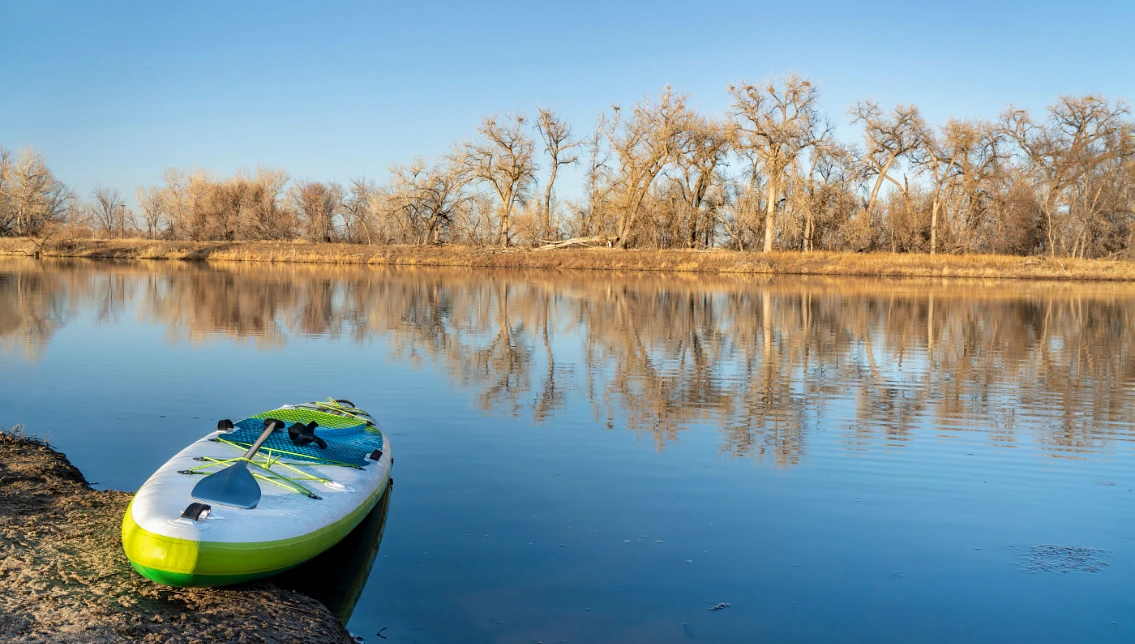
A local kayak or paddleboard gig is a low-key adventure that’s equal parts workout and peace.
Being on the water changes everything. That park you’ve driven past a hundred times? From your kayak, you see its hidden, muddy bank. You notice fish dimpling the surface and hear birdsong without traffic noise. The shoreline becomes a new world, full of inlets and quiet corners you can’t reach on land.
The barrier to entry is surprisingly low. You really just need the board or boat, a paddle, and a basic safety sense. Beginners can get the hang of it in an hour. No need for expert skill. That’s the beauty of it.
An early morning session is best. The water is often glassy, the air cool. Gliding through that quiet, maybe spotting a heron’s silhouette, creates a specific kind of memory. It’s a potent mix of physical effort and deep calm, all surprisingly close to home.
Microadventure Ideas for Nature Lovers
Solo or group micro-camping trips to nearby parks or reserves
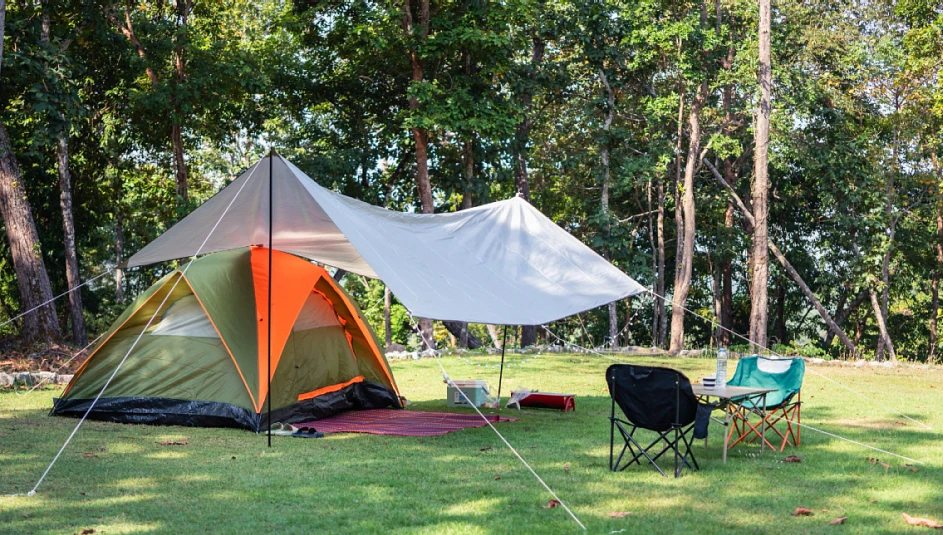
Micro-camping is basically a low-effort reset. You grab your gear and hit a local park or reserve for a night. Solo or with a couple of friends, the point is to unplug.
Solo trips provide serious headspace. It’s just you, the basics, and zero demands on your attention. No small talk, just quiet. With a group, the vibe shifts to shared, simple moments—cooking over a flame, swapping stories, that kind of thing.
The real advantage is the lack of hassle. Since you’re not traveling far, the planning is minimal. You don’t need pro-level equipment, just enough to be comfortable. This simplicity makes spontaneous trips possible. A lousy forecast for the weekend? You can just bail without guilt. It’s an easy way to decompress without the commitment of a major expedition.
Wild swimming in a safe natural pool, river, or lake
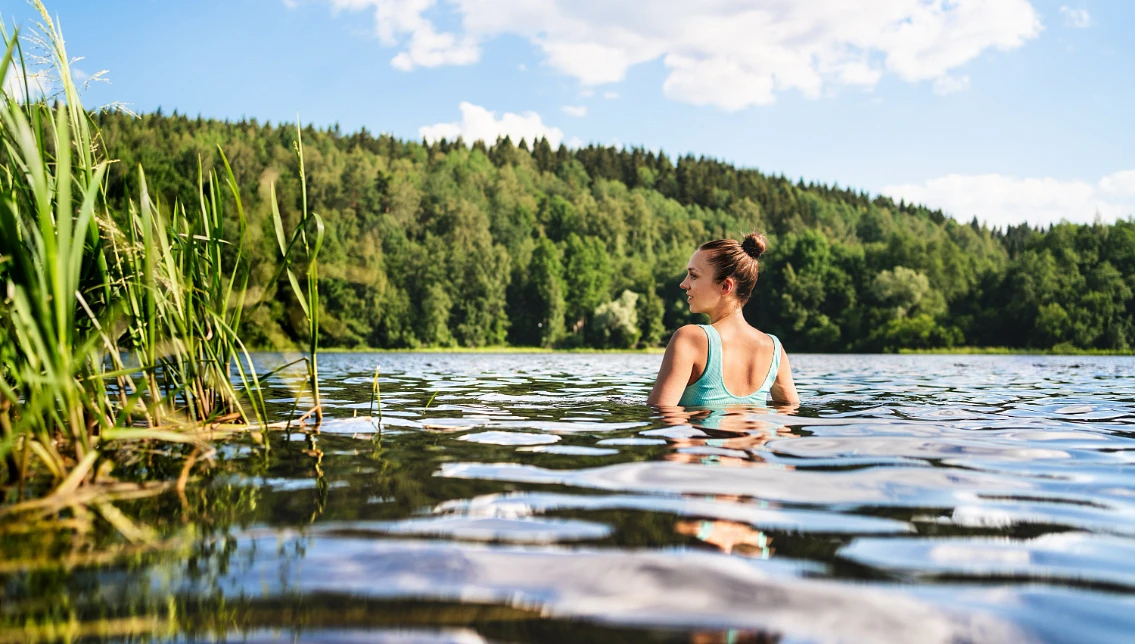
Wild swimming ditches the chlorinated lanes for something real. You slip into a river or lake, and the cold is a genuine shock—a full-body reset. Your world narrows to the tug of the current, the croak of a frog, the squeal of a kingfisher darting past.
That initial thrill gives way to a deep, quiet calm. The buzz of your phone is replaced by the rush of water. Your brain unclenches. This isn't about counting laps. It’s about being present.
Of course, you can’t just jump in anywhere. Smart swimmers pick popular, well-maintained spots. Check the water quality reports. Scope out the entry and exit points. A little planning upfront avoids a bad situation and makes the whole thing legitimately rewarding. Essentially, it’s the cheapest, most exciting way to get fit and escape the grind.
Foraging for edible plants during a nature walk

Foraging turns a simple walk into a scavenger hunt. It starts with learning a few unmistakable plants—like wild garlic you can smell before you see, or blackberries ripening in late summer.
This practice forces you to notice details. You see how the flora shifts with the seasons and the terrain. Is that a patch of wood sorrel in the damp shade? You learn to take only what you need and to never strip an area clean. That respect for the ecosystem is a core part of the process.
The payoff is tangible. Maybe you gather enough pine needles for a sharp, citrusy tea right there on the trail. Or you pocket a handful of hazelnuts to crack open later. That direct link from land to hand is deeply satisfying.
Of course, the number one rule is non-negotiable: absolute certainty in identification. If you're unsure, don't touch it.
Stargazing getaway in a dark sky park
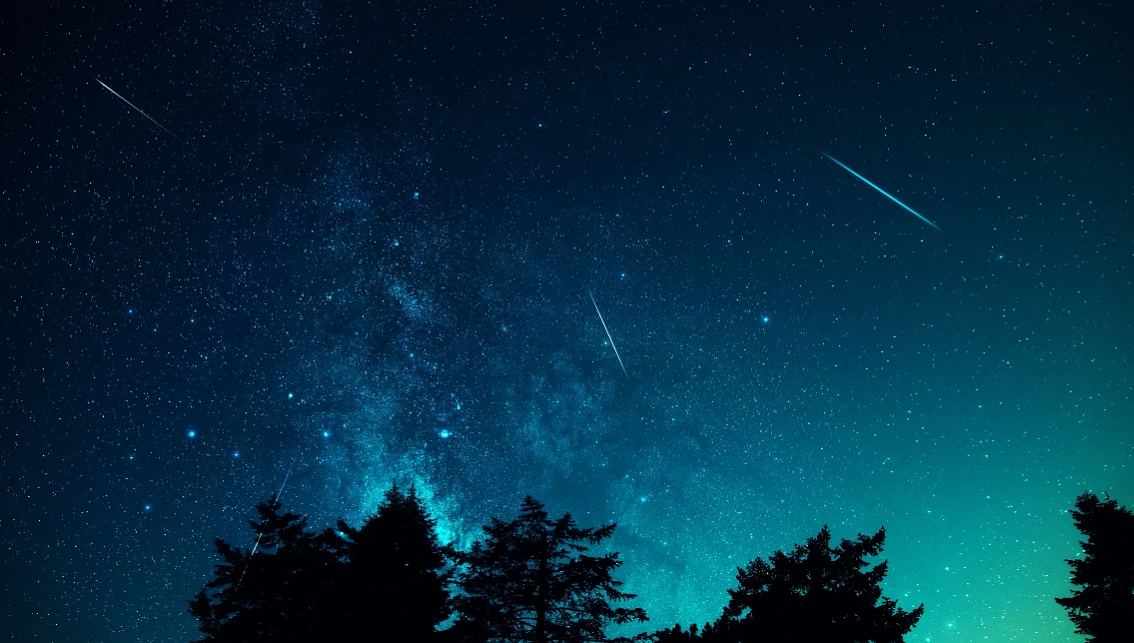
A trip to a dark sky park is a genuine escape. You leave the city's orange haze far behind. In these protected zones, light pollution is kept to a minimum, revealing a night sky most people have never actually seen. The difference is staggering. Lie back on a blanket—forget a telescope at first—and just look up. The sheer volume of stars is disorienting.
You’ll pick out the familiar constellations, sure, but then you notice the hazy smear of the Milky Way, a sight erased by urban living. With time, you catch the fleeting scratch of a meteor. The immense silence and scale force a quiet perspective, a direct connection to the cosmos that’s both humbling and thrilling.
Microadventures Suitable for Families and Friends
These new layers of activity transform a simple microadventure. For families or friends, this approach builds stronger bonds and creates real, hands-on learning:
-
Seek out the weird local stuff. Forget the standard itinerary. Target that giant fiberglass moose on the side of the highway, the museum dedicated to mustard, or the classic diner that time forgot. These places have immediate, unpolished charm. You get bizarre photo ops, and the stories behind them are usually fantastic. It’s about the shared laugh, the "can you believe this exists?" moment that sticks with you far more than a conventional tourist stop.
-
Try geocaching. Essentially, it’s a global treasure hunt using your phone’s GPS. The goal is to locate a hidden container, or "cache," which can be anywhere—under a park bench, magnetized to a guardrail, tucked at the base of a tree. The real reward is the hunt itself. It forces you to pay attention to your surroundings and work together to solve the final puzzle of pinpointing the spot. You end up exploring corners of your own town you’d never normally see.
-
Stage your own scavenger hunt. This isn’t about buying a kit. It’s about tailoring the list to the location. In a park, the list could be "a smooth, grey stone," "a feather," "something a squirrel would eat." In the city, maybe "a unique manhole cover," "a historical marker," "a shop with a blue door." This approach shifts the focus from just walking to actively observing. It turns a casual stroll into a collaborative mission, and you’ll be surprised what people notice when they’re actually looking.
-
Build a beach bonfire. The sensory combo is hard to beat: the smell of woodsmoke, the sound of waves, the heat on your skin. It’s a natural gathering point. Conversations flow differently in the dark, punctuated by the simple, satisfying task of roasting a marshmallow to perfection. It’s a no-fuss, low-tech way to spend an evening that feels inherently special.
-
Take a mini road trip with no major destination. Pick a direction and drive for an hour or two. The goal is to explore a small town you’ve never visited. Check out the main street, grab a pie from a local bakery, or see if there’s an oddball museum (like the world’s largest collection of ballpoint pens). The appeal is the spontaneity and the discovery of a place with its own rhythm, far from the chain stores and highways.
Tips for Planning a Successful Microadventure
Microadventures cut through the hassle that usually keeps us from getting outside. The point isn't a grand expedition; it's about a quick, real-world reset.
These steps make that happen:
-
Complexity is the enemy. If it requires a spreadsheet or specialized equipment, it's not a microadventure. Go for the grab-n-go option: a walk, a bike ride, a sunset watch. The lower the barrier, the more likely you are to actually do it.
-
Think Hyperlocal. Adventure doesn't need a far-off zip code. Your focus should be on the five-mile radius around your home. That urban creek, the hill with the cell tower, the neighborhood you always drive through—that’s your territory. The travel time? Keep it under 15 minutes.
-
The Bare Minimum. Don't overthink this. The core kit is simple: water, a snack (like a granola bar or an apple), and a light layer. Toss a small first-aid kit and a headlamp into your bag and forget about them until you need them. That’s it. You’re geared up.
-
Safety: Non-Negotiable, But Simple. This isn't about paranoia; it's about common sense. Text a buddy: "Headed to Miller Woods for an hour." Glance at the radar. Know if that park closes at dusk. Stick to well-traveled spots initially. Basic awareness prevents 99% of problems.
-
Steal Time. You won't find big, open blocks of time. You have to steal it. A 45-minute lunch break. The hour after dinner before it gets dark. A weekend morning before the chores pile up. Schedule these pockets. Treat them as unmovable appointments.
-
Embrace the Pivot. Your plan is a suggestion, not a rule. Rain clouds roll in? Go anyway with a rain jacket, or switch to a walk under covered bridges. Feeling drained? Scale the 5-mile hike down to a 1-mile stroll. Rigidity kills the fun.
-
Tune In. Put the phone on airplane mode. Now, what do you actually notice? The specific smell of damp earth after a rain. The sound of your feet on gravel versus grass. The way the light filters through the leaves.
-
Company Optional. Solo trips are great for the head. Bringing a friend, kid, or your dog, however, shifts the dynamic. It becomes a shared discovery. Their excitement can fuel yours, and vice-versa. Try both. See what fits your mood.
-
A Quick Record. Don't get bogged down in documentation. Snap one good photo. Or just make a mental note: "That spot by the bend in the river was perfect." These small anchors help you remember the feeling and want to recapture it.
-
Build the Rhythm. The magic isn't in one perfect trip. It's in the repetition. Once a week, or even twice a month, creates a rhythm. This consistent practice is what keeps the mental cobwebs clear. Notice how Tuesday evenings start feeling different when you know a small adventure is possible.
❓FAQ❓
❶ Can microadventures be done year-round?
Winter? Pull on a solid insulating layer, grab a thermos of steaming coffee. Come summer, the playbook shifts. Cue a bike ride in the thin light of pre-dawn, purely to beat the heat. Or a quick dip as the sun drops.
❷ Do I need special gear for microadventures?
Don't overcomplicate gear. A broken-in pair of sneakers, any jacket that handles the forecast, and a simple pack for water and a granola bar are the core essentials. That's the baseline. Everything else is a bonus.
❸ Are microadventures safe for beginners?
Prioritize safety through practical planning. Start with a familiar area—a neighborhood park or a clearly designated trail you recognize. Avoid isolated times; aim for periods when other people are present. Crucially, share your specific route and estimated return time with a contact.
